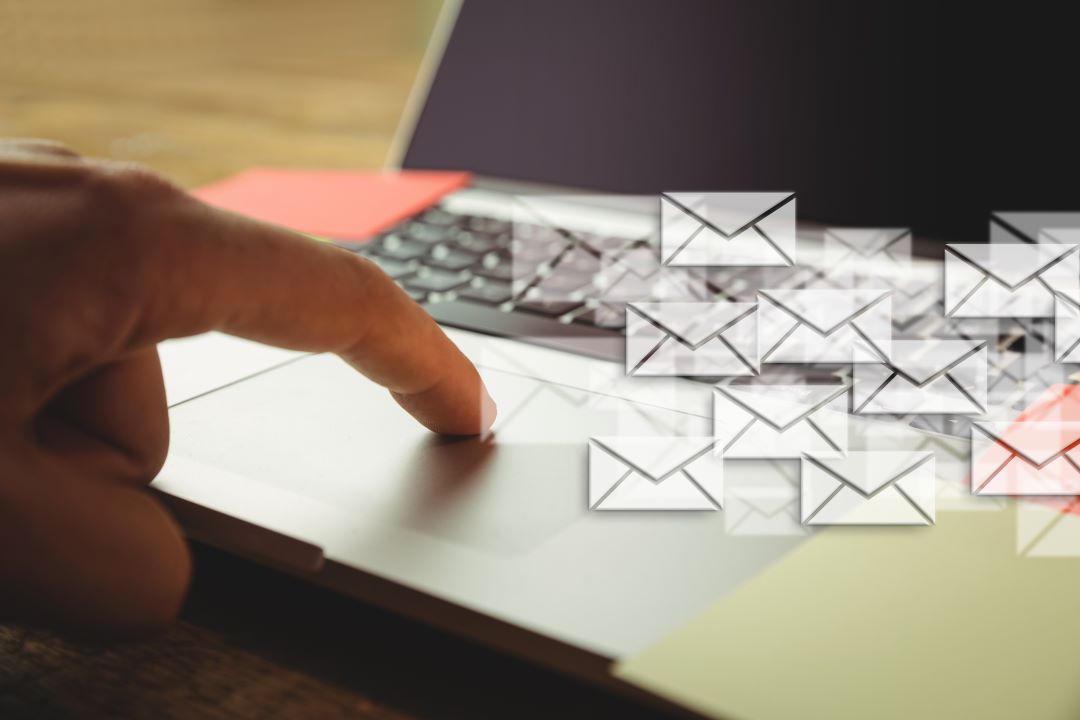Email etiquette: How to end an email (formal and informal)
How you conclude your email can leave a lasting impression on the recipient, shaping the tone of your communication. Let’s delve into the dos and don’ts of email etiquette, focusing on the delicate balance between formality and informality in your closing lines.
Join us as we unravel the nuances of email etiquette, focusing on the delicate dance of endings in both the formal and informal realms.
What is email etiquette?
Email etiquette is a set of guidelines and practices governing the proper and respectful use of email. It encompasses various aspects, from crafting compelling subject lines to choosing the right tone. Crucially, it extends to how one concludes an email—a seemingly small detail that can significantly impact the effectiveness of your communication.
Why is Email Etiquette Important?
Professionalism:
Proper email etiquette reflects professionalism, a key element in both personal and business communication. It sets a standard for respectful and courteous interaction.
Clarity and Tone:
The way you end an email can influence the recipient’s perception of your message. Clear and appropriate endings help ensure that your tone is accurately conveyed.
Building Relationships:
Email etiquette plays a pivotal role in relationship-building. Politeness and consideration in your closings contribute to positive and constructive communication.
Difference between a Formal email and an Informal email
While the purpose of both formal and informal emails is communication, they differ in tone, language, and structure.
|
Formal Email |
Informal Email |
| Typically used in professional or business settings. | Used in casual or personal settings. |
| Follows a structured format. | Allows for a more relaxed tone. |
| The language is more reserved and professional. | Language is conversational and may include informal expressions. |
Formal: How to End an Email
Best Regards:
A classic formal closing indicates respect.
Example: Best Regards, [Your Full Name]
Sincerely:
Conveys sincerity and professionalism.
Example: Sincerely, [Your Full Name]
Kind Regards:
Polite and suitable for business correspondence.
Example: Kind Regards, [Your Full Name]
Yours Truly:
A traditional and formal sign-off.
Example: Yours Truly, [Your Full Name]
Best Wishes:
Adds a touch of warmth while maintaining formality.
Example: Best Wishes, [Your Full Name]
Informal: How to end an email
Cheers:
A friendly and casual closing.
Example: Cheers, [Your First Name]
Best:
Short, sweet, and suitable for less formal settings.
Example: Best, [Your First Name]
Thanks:
Informal gratitude for a friendly tone.
Example: Thanks, [Your First Name]
Take Care:
A warm and caring ending for acquaintances.
Example: Take Care, [Your First Name]
Looking Forward:
Expresses anticipation for future interactions.
Example: Looking Forward, [Your First Name]
Whether you’re penning a formal missive or shooting off a quick note to a friend, mastering the art of endings is about striking the right chord.




